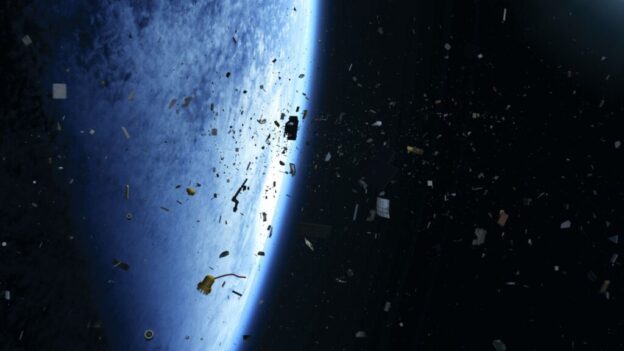The Future of Space Debris Mitigation: Advanced Technologies for Mitigating Orbital Risks

About Course
As humanity’s ventures into outer space continue to expand—through satellite constellations, crewed missions, and plans for lunar bases—our orbits are becoming increasingly crowded and hazardous. The Future of Space Debris Mitigation: Advanced Technologies for Mitigating Orbital Risks explores the growing problem of space debris and the cutting-edge technologies developed to protect critical space infrastructure. From tiny fragments of paint to defunct satellites hurtling at hypersonic speeds, the threat posed by orbital debris is real—and escalating.
This course takes students on a journey through both current mitigation efforts and visionary technologies of the future, including laser-based debris removal systems, autonomous robotic arms, and tether-based deorbiting solutions. You’ll also explore how space agencies track debris in real-time, and why international policy and cooperation are essential for safe, sustainable space operations. Whether you’re a student of aerospace engineering or simply passionate about the future of space exploration, this course will equip you with a compelling understanding of the tools and ideas shaping the next frontier of orbital safety.
Course Content
Introduction
Definition of space debris and its impact on space missions
00:00Importance of mitigating orbital risks and preventing further debris
00:00